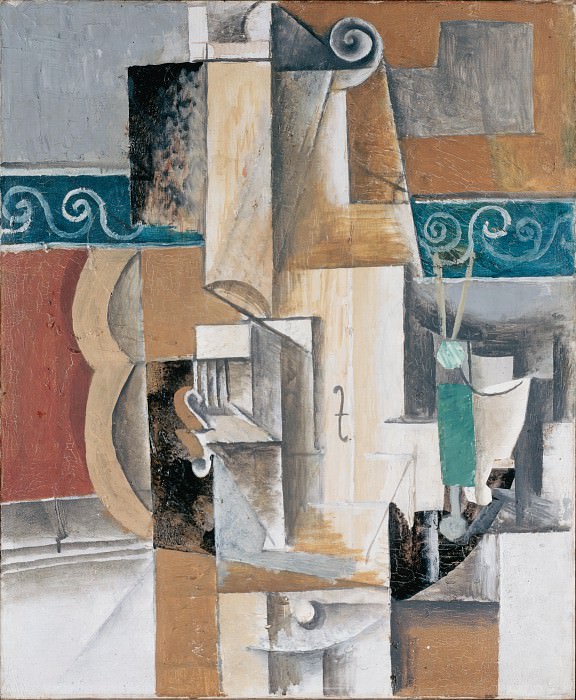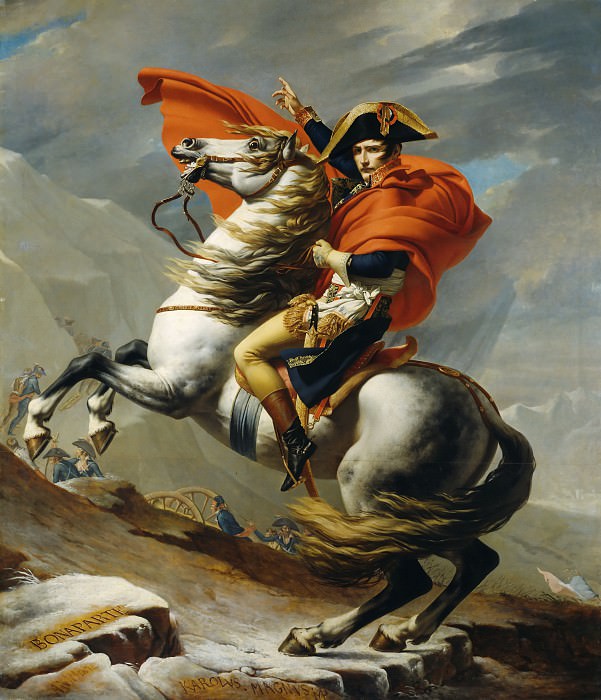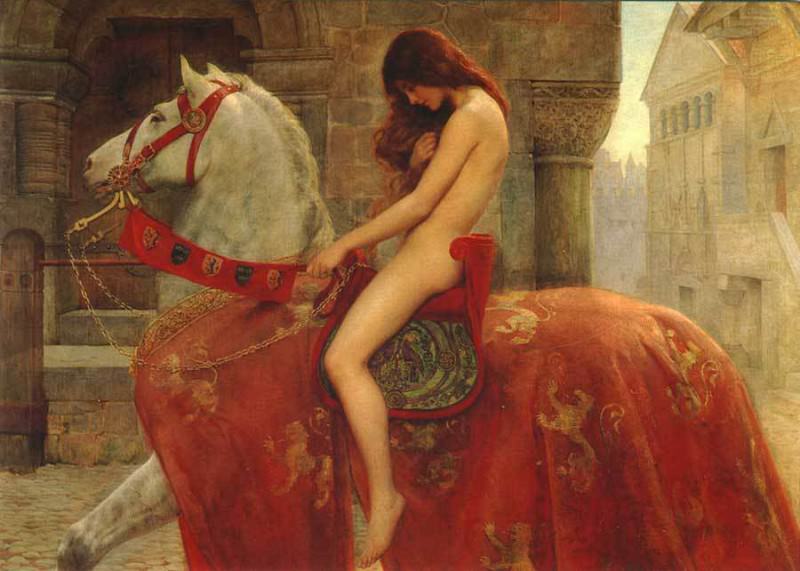Raphael: The Maestro of the Renaissance
Raffaello Sanzio da Urbino, known simply as Raphael, is one of the most celebrated artists of the Italian Renaissance. His works have left an indelible mark on the world of art, captivating audiences with their harmony, balance, and profound beauty. Raphael's influence extends far beyond his own era, shaping the trajectory of art for centuries to come.
Early Life and Influences
Born on April 6, 1483, in Urbino, Italy, Raphael was introduced to the world of art at a young age. His father, Giovanni Santi, was a painter and an important figure in Raphael’s early artistic development. Raphael’s formative years were marked by his exposure to the artistic traditions of his native region, which were deeply rooted in the Gothic and early Renaissance styles.
As a young artist, Raphael was influenced by the works of masters such as Leonardo da Vinci and Michelangelo. The synergy of these influences shaped Raphael's unique artistic voice, blending the delicate grace of Leonardo with the monumental forms of Michelangelo. Raphael’s ability to synthesize these elements into a cohesive and innovative style set him apart from his contemporaries.
The Early Works: A Rising Star
Raphael's early works demonstrate his mastery of form and composition, laying the groundwork for his future successes. His first major commission came from the Duke of Urbino, who recognized the young artist's exceptional talent. Raphael's early paintings, including the "Mond Crucifixion" and "The Marriage of the Virgin," showcase his skill in creating dynamic compositions and his ability to infuse religious themes with a sense of human emotion.
During this period, Raphael's style began to evolve, influenced by his interactions with other artists and his exposure to various artistic techniques. His work from this time reflects a growing sophistication in his use of color, light, and perspective, which would become hallmarks of his later masterpieces.
The Roman Era: Masterpieces and Innovation
Raphael’s move to Rome in 1508 marked a turning point in his career. Here, he was commissioned by Pope Julius II to paint the Vatican Rooms, known as the Stanze di Raffaello. These works, including the renowned "School of Athens," are considered some of Raphael's most significant achievements. In the "School of Athens," Raphael masterfully captures the essence of classical philosophy, presenting a gathering of great thinkers from ancient Greece in a harmonious and idealized setting.
Raphael’s work in the Vatican Rooms demonstrates his extraordinary skill in fresco painting, his deep understanding of classical antiquity, and his ability to convey complex intellectual concepts through art. The precision of his compositions, the clarity of his figures, and the beauty of his color palettes reveal his unparalleled mastery of the medium.
In addition to his work in the Vatican, Raphael was involved in several other significant projects during his Roman period. He was responsible for designing the decoration of several palaces and villas, including the Villa Farnesina, where his frescoes, such as "The Triumph of Galatea," exhibit his exceptional talent in creating dynamic and engaging visual narratives.
Raphael’s Style and Techniques
Raphael’s artistic style is characterized by its clarity, balance, and harmonious composition. His use of perspective, both linear and atmospheric, creates a sense of depth and space that enhances the realism of his paintings. Raphael’s figures are often portrayed with a sense of grace and nobility, reflecting his keen understanding of human anatomy and his ability to convey emotion through subtle expressions and gestures.
One of Raphael’s key innovations was his approach to color. His palette, known for its richness and luminosity, adds a sense of vitality and warmth to his works. Raphael’s use of light and shadow further contributes to the three-dimensionality of his compositions, creating a naturalistic effect that draws viewers into the scene.
Raphael’s ability to capture the essence of his subjects, whether they are religious figures, historical personages, or mythological characters, speaks to his exceptional talent as a painter. His works are imbued with a sense of ideal beauty and serene harmony, reflecting his belief in the power of art to convey profound truths.
Raphael’s Influence and Legacy
Raphael’s impact on the art world extends far beyond his own lifetime. His work has been a source of inspiration for countless artists, both during the Renaissance and in the centuries that followed. His emphasis on classical ideals, harmonious composition, and expressive clarity has influenced a wide range of artistic movements, from the Baroque to the Neoclassical.
In addition to his contributions as a painter, Raphael was also a talented architect and designer. His work in architecture, including his design for St. Peter’s Basilica, demonstrates his versatility and his ability to apply his artistic principles to a variety of disciplines. Raphael’s influence on architecture and design is evident in the way his principles of proportion, symmetry, and elegance have been embraced by subsequent generations of architects and designers.
Raphael’s enduring legacy is a testament to his extraordinary talent and his ability to capture the essence of the human experience through art. His works continue to be celebrated for their beauty, their intellectual depth, and their ability to inspire and uplift viewers.
The Legacy of Raphael’s Art Today
Today, Raphael's art is celebrated in museums and galleries around the world, drawing admiration from art enthusiasts and scholars alike. His masterpieces, such as "The School of Athens," "The Sistine Madonna," and "The Transfiguration," are considered masterpieces of Western art, revered for their technical excellence and their profound impact on the development of artistic traditions.
Raphael's influence can be seen in the work of later artists who sought to emulate his ideal of beauty and harmony. His legacy is also reflected in the way his works continue to inspire new generations of artists, scholars, and art lovers. The enduring appeal of Raphael’s art lies in its ability to convey timeless truths and evoke a sense of wonder and admiration.
As we reflect on the life and work of Raphael, we are reminded of the power of art to transcend time and space, connecting us to the past while inspiring us for the future. Raphael’s contributions to the world of art are a lasting testament to his extraordinary talent and his enduring impact on the course of art history.




